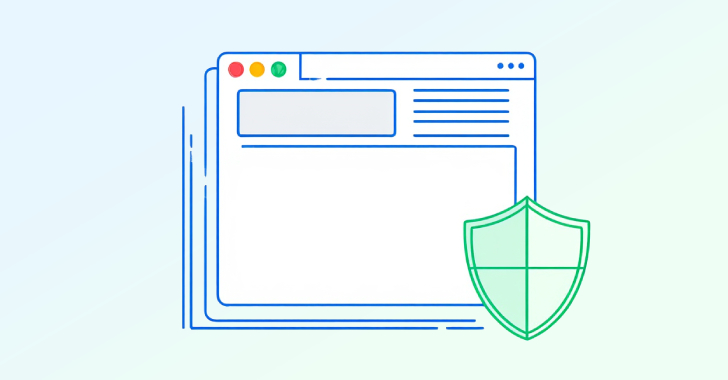Despite years of investment in Zero Trust, SSE, and endpoint protection, many enterprises are still leaving one critical layer exposed: the browser.
It’s where 85% of modern work now happens. It’s also where copy/paste actions, unsanctioned GenAI usage, rogue extensions, and personal devices create a risk surface that most security stacks weren’t designed to handle. For security leaders who know
Source: Read More
